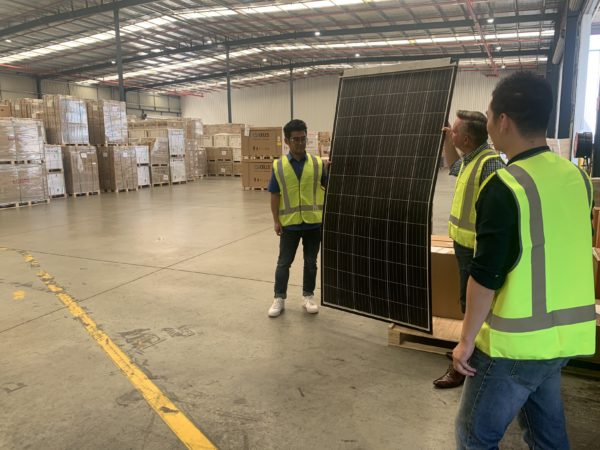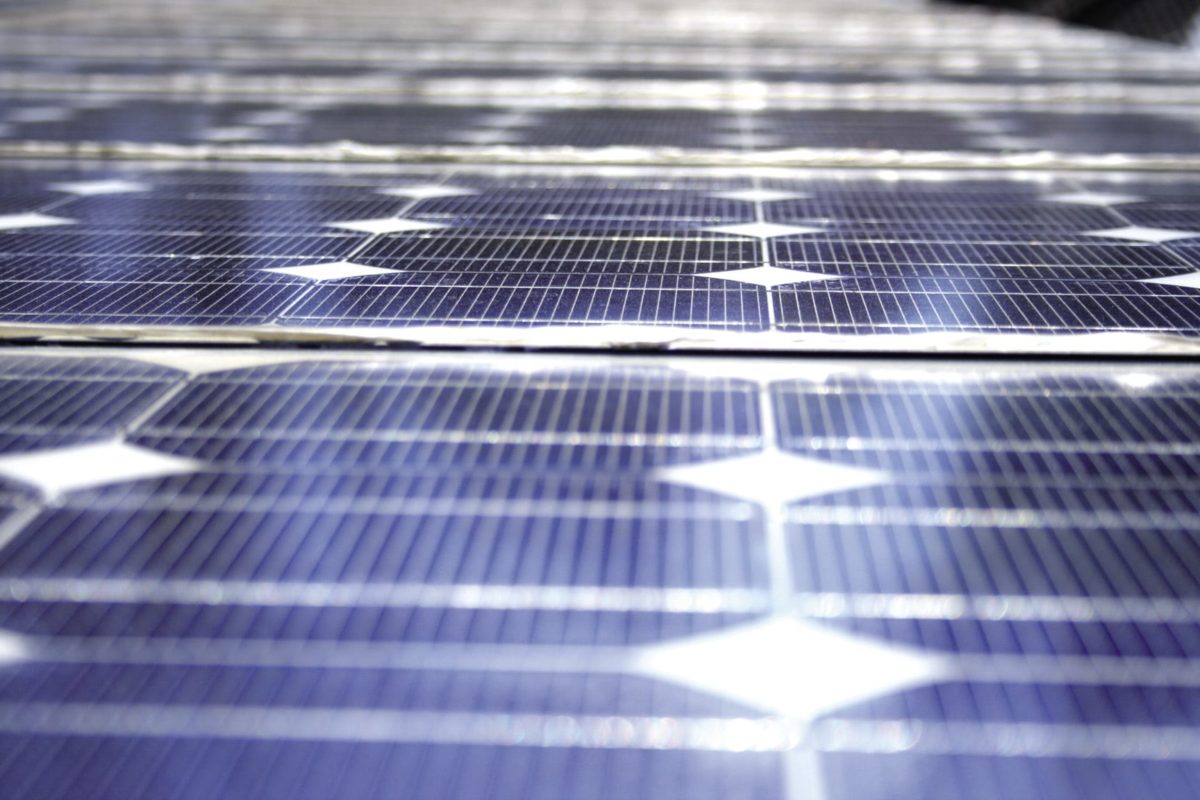The biggest wholesale solar distributor in Australia, One Stop Warehouse, is expecting supply shortfalls and price increases of up to 30% to shake the market here for at least the next three to six months. While solar module prices have been expected to increase for quite some time because of the surge in raw material and shipping costs, China’s ongoing energy crisis has caused massive manufacturing interruptions, pushing the situation to new heights.
One Stop Warehouse’s Head of Product Procurement and Marketing, Andy Cheng, told pv magazine that Australia is in a particularly delicate position, competing for stock against Europe and the United States – both of which are far bigger markets and better able to absorb the pricing turbulence.
“I think that’s currently the biggest situation – we’e not just fighting internally, we’re trying to get stock competing with other [global regions],” he said.
Cheng expects Western Australia and South Australia to be the most affected because of their strict Covid-19 border policies which make it difficult to reliably deliver supplies.

Bella Peacock
What’s happening in China
Over the last month, China descended into an acute energy crisis fuelled by a number of policy and generation factors. The crisis coincided with a national week-long holiday, which Cheng said has left Chinese solar manufacturers unable to properly assess the situation and recalibrate their pricing and production expectations. “Because [solar industries] have long supply chains, all these manufacturers have to rely on their upstream as well… so they have lots of uncertainly about that, and that’s the whole reason they don’t know how to quote moving forward,” Cheng told pv magazine Australia. In other words, the solar hub has quite literally been left in the dark.
Future pricing estimations at this point seem to be between 20% to 30%. “They [Chinese solar manufacturers] also indicated prices will increase again in November,” Cheng added, noting those changes will probably affect Australia in January and February.
Cheng additionally flagged the possibility of another price increase between these two periods, though he expects it to be less substantial.
Why Australia’s position is fragile
China is the world’s largest solar supplier, dominating not only panel manufacturing but the entire upstream supply chain. Which means the ramifications of the country’s energy crisis combined with shortages of polysilicon and price hikes for solar glass, aluminium and other materials will be felt across the globe. In addition to that, Cheng estimates shipping costs have tripled in the last year, increasing from around US$3,500 roughly per shipping container, up to US$11,500 now.
While Australia is an important solar market for China, it is tiny in comparison to Europe and the United States, and regularly pays less for supplies – leaving us in a particularly vulnerable position in the global race to secure solar stock.
“Europe has bigger demand than Australia, and also their prices are always higher than Australia, so with this supply shortage, they’re willing to pay more. So most of the resources will be shifting to Europe in that case, which makes it even harder for Australia,” Cheng said.
“I think we’ll have a [supply] gap, for sure,” he concluded.
To secure stock for One Stop Warehouse, Cheng said the company has been offering manufacturers more money than was initially contracted.
Despite already increasing its pricing as of October 1, the company has seen many of its expected shipments either delayed or cancelled in the last month.
What’s in stock
Cheng estimates roughly 80% to 90% of One Stop Warehouse’s stock comes from China. While the company is, and has been, trying to diversify its stockists since the pandemic hit, Cheng said it’s faced difficulties as there aren’t many fully vertically integrated solar brands outside China.
SolarQuotes has been following module pricing in Australia closely, noting that as of August this year, pricing had not been significantly impacted. Cheng said the reason for that is largely because while Australia experienced a strong first quarter this year, repeated lockdowns interrupted our second quarter, leaving the country with an oversupply. As the most populace two states, New South Wales and Victoria, emerge from lockdown and lift border restrictions, Australia’s industry is again expected to pick up.
The fourth quarter of the year is usually the Australian solar market’s largest, and for that typically busy period Cheng anticipated supply gaps. He said it is already too late to secure more stock for the quarter. “Q4, only thing we can do is try to secure more stock in Australia, local stock from our suppliers, and also find stock in China. We just need to give them a little bit extra for the shipment costs. That’s what we’re doing for Q4 this year,” Cheng said.
Cheng said there isn’t much solar stock left in the country, and it’s unlikely that what remains will be sold for its original pricing, with many preferring to hold onto what they have.
“All those [Australian] retailers, they knew the price was going up – that’s why they were trying to secure cheaper stock earlier. That’s why there was panic buying on the market. And we can’t blame them,” Cheng said, noting that most companies quote jobs weeks or months ahead of delivery, putting them at risk of working at a loss.
Major EPCs (engineering, procurement and construction companies), Cheng said, have also been approaching One Stop looking for stock – which usually supplies only residential and small commercial companies – a sign of how widespread the shortages already are.
Absorbing the shock
Cheng believes this upcoming turbulence might convince solar companies to pad pricing more in future. “In the past, it was a race to the bottom [in Australia] and everyone was trying to have lower prices than the competition and that’s really not healthy,” he said.
He’s hopeful the market will be able to absorb the shock, and is adamant end users won’t be hugely impacted. “For Australia, we have high electricity prices and the STC subsidies, we can actually absorb it… It’s not a big increase compared to the savings [of having solar].”
This content is protected by copyright and may not be reused. If you want to cooperate with us and would like to reuse some of our content, please contact: editors@pv-magazine.com.









2 comments
By submitting this form you agree to pv magazine using your data for the purposes of publishing your comment.
Your personal data will only be disclosed or otherwise transmitted to third parties for the purposes of spam filtering or if this is necessary for technical maintenance of the website. Any other transfer to third parties will not take place unless this is justified on the basis of applicable data protection regulations or if pv magazine is legally obliged to do so.
You may revoke this consent at any time with effect for the future, in which case your personal data will be deleted immediately. Otherwise, your data will be deleted if pv magazine has processed your request or the purpose of data storage is fulfilled.
Further information on data privacy can be found in our Data Protection Policy.